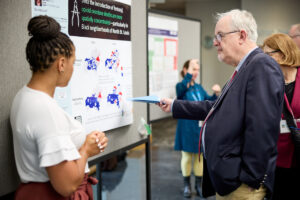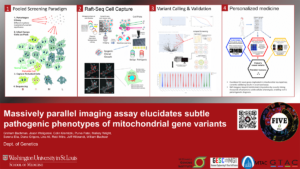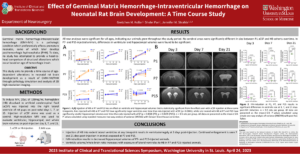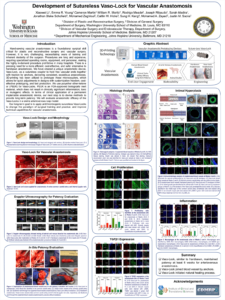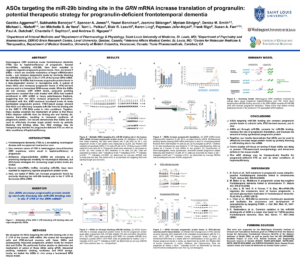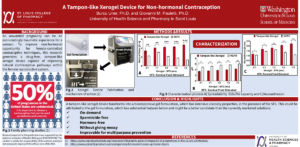The ICTS has awarded five awards to investigators in the ICTS’ 2nd annual virtual poster display and contest. As part of the 5th annual ICTS Symposium, 38 posters were submitted and reviewed by 17 ICTS faculty from Washington University in St. Louis, University of Missouri – Columbia, and Saint Louis University. Posters showcased translational research […]
ICTS awards winning entries in 2nd Annual Virtual Poster Display
